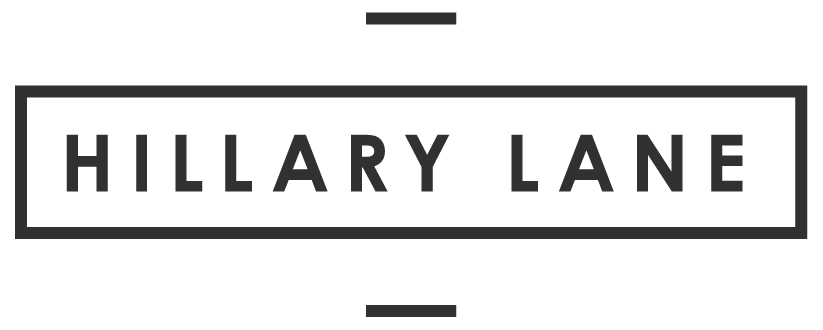Could it be the Bank of Canada’s strategy to increase borrowing rates is helping to cool the market? This is the second month we’ve seen price declines month-over-month, bringing the average price down to $1,212,806 in May.
That said, when looking at Toronto housing prices year-over-year, we’re still seeing an increase of 9.4% from last May’s $1,108,124. Who would have thought looking back on it now that $1.1 million would sound low?
But it’s not just price showing us that borrowing rates are influencing buyers. Sales reached a 20-year low of 7,283, a jaw-dropping 38.9% decrease from 2021. We can also see how buyers are responding to borrowing rates with these telltale numbers:
- Sales-to-New-Listings Ratio: In May the Sales-to-New-Listings ratio dropped to 38.9%. We finally sit at the lower end of the ideal range between 40% to 60%. Remembering January sat at 70%, you can see this change is quite dramatic.
- List-to-Sell Ratio: The average home sold for 4% above asking in May, which continues to inch its way down by almost half each month. It was 13% in March, 7% in April and now 4% in May. This tells us competition is losing its fury.
Buyers’ hesitancy can certainly continue to cool prices as demand drops and the Sales-to-New-Listings ratio looks healthier every month. We’re also seeing a lack of buyer enthusiasm decreasing in the List-to-Sell ratio, even though we still see months of inventory lower than we’d like at just two.
Although housing prices are slightly lower, buyers still feel offer-shy knowing those savings are offset by higher borrowing rates. As well, it is possible sellers will feel cheated by dropping prices and less fierce bidding wars. Do sellers really want to list in the summer of rising interest rates and threats of another hike in July? We’ll just have to wait and see.
If you want to know about what is going on in Toronto’s market today click here to read more.
Photo by Felix Mittermeier on Unsplash






